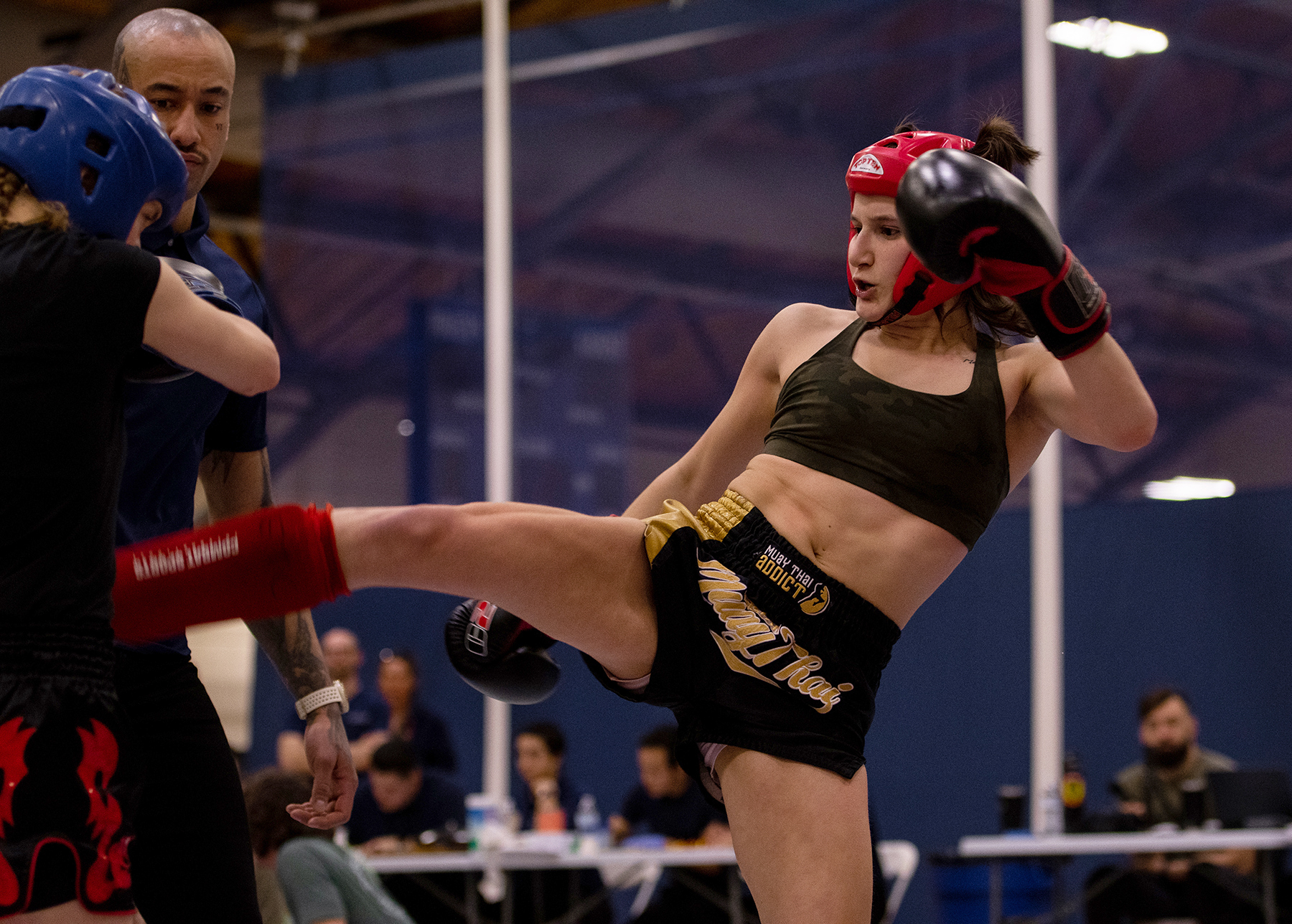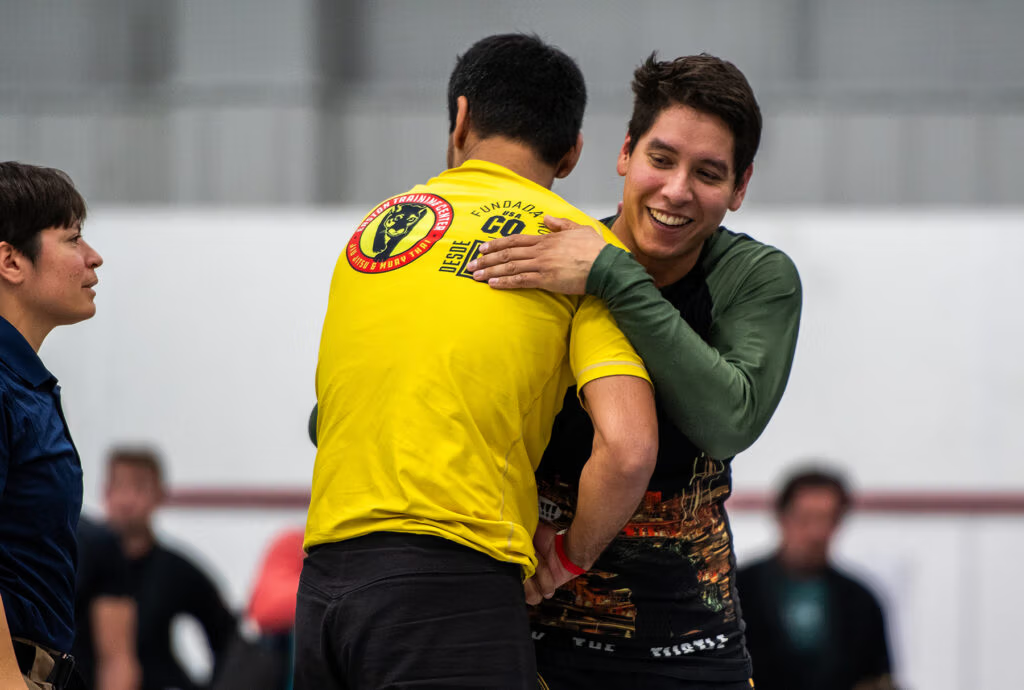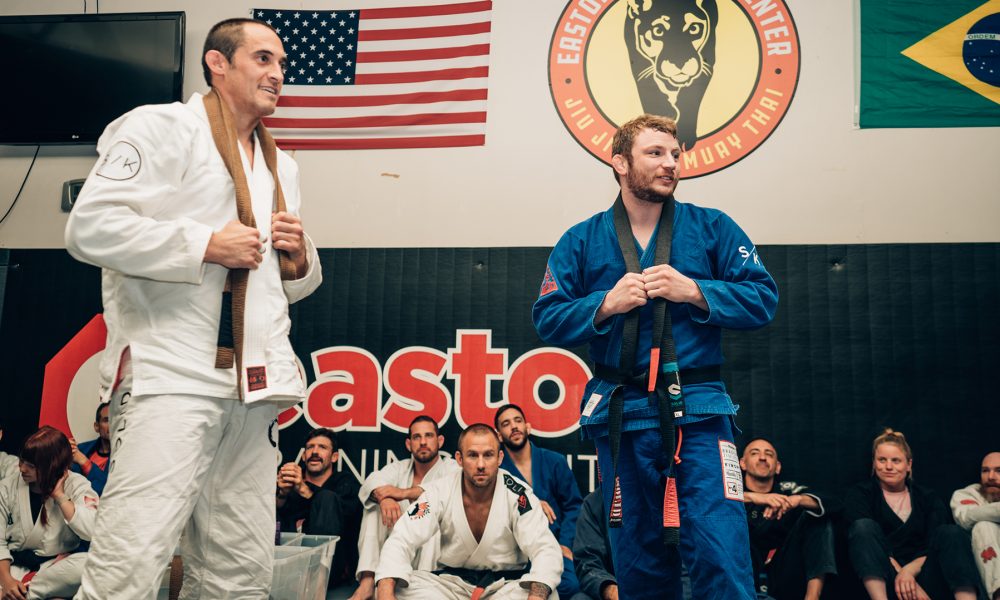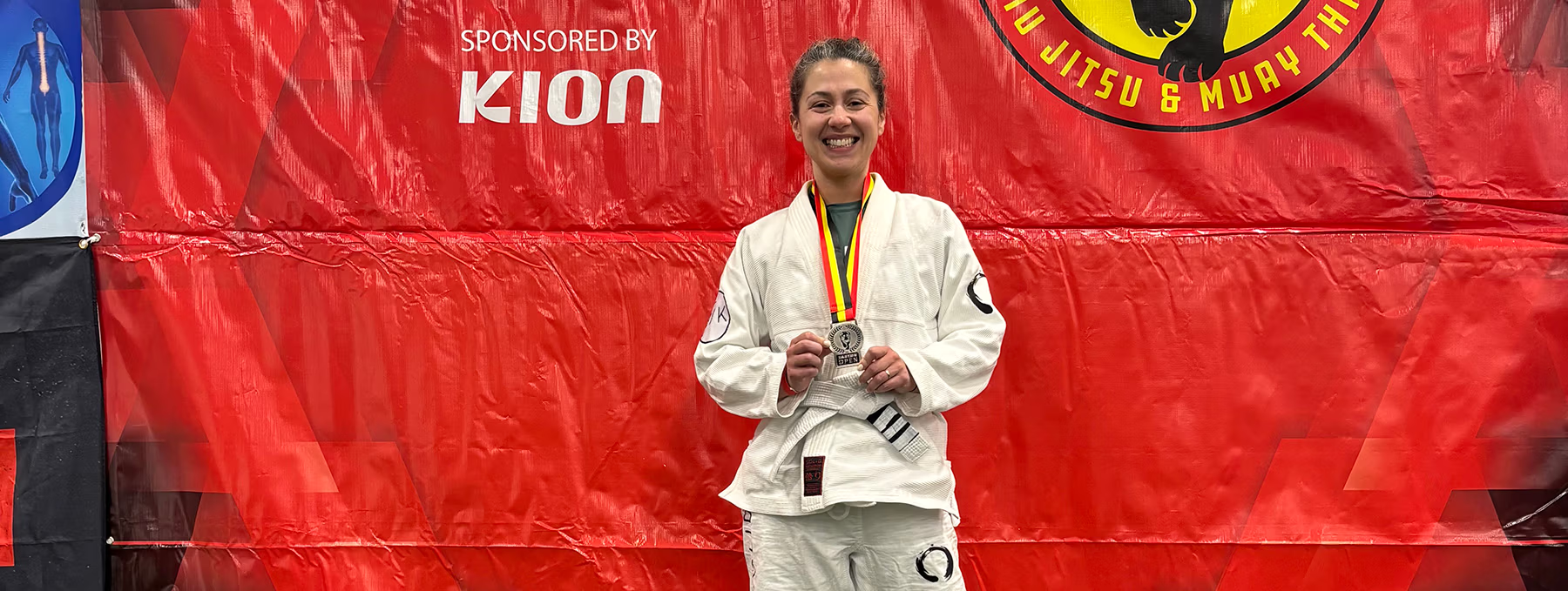If you train BJJ or Muay Thai at Easton, then physical fitness likely holds importance to you, whether for aesthetic reasons or to improve your overall health and well-being.
I’ve spent two-thirds of my life pushing myself for those reasons and have gone through many ups and downs as an athlete. Like any athlete, there have been times when I felt like my improvement had stagnated, and I felt a little “blah” about training.
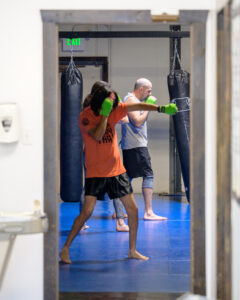
We’ve all felt this — that feeling when you no longer see progress in your workouts, aren’t feeling energized by your workouts, and have an overall feeling of lethargy. This feeling is known as a plateau.
To visualize this, imagine a line graph on an upward trajectory, which indicates growth and improvement. Then imagine the graph flattening out, indicating no growth or improvement.
Fitness or training plateaus can be a frustrating experience, but don’t worry – there are things you can do to get that graph on an upward trajectory again.
[Slumps: Where They Come From + How To Beat Them]
Mix Up Your Routine
When you work out, do you stick to the same set of moves each time? One of the reasons why you may have hit a fitness plateau is that your body has accustomed itself to your workout routine.
Humans are naturally creatures of habit; it’s normal to stick with things that we know. However, in doing the same thing repeatedly, your body adapts to the routine and therefore doesn’t get stronger or faster – because there is no need to.
To overcome your body getting used to a routine, try switching it up. For example — if you’ve had the same weightlifting routine for a while, try a different set of exercises, increase the weight you’re lifting, increase the intensity, or do all of them! If you’re a runner, switch up your route or add interval workouts involving short-distance speedwork.
Increase Your Intensity
Another way to overcome a fitness plateau includes increasing the intensity of your workouts.
Sometimes we rest too long between sets or intervals. Try to push yourself to do the next set sooner and up the intensity. This also can mean adding more weight to your lifts, more reps to your exercises, increasing the speed of your runs, or choosing four or five exercises and doing as many rounds as you can in 20 minutes.
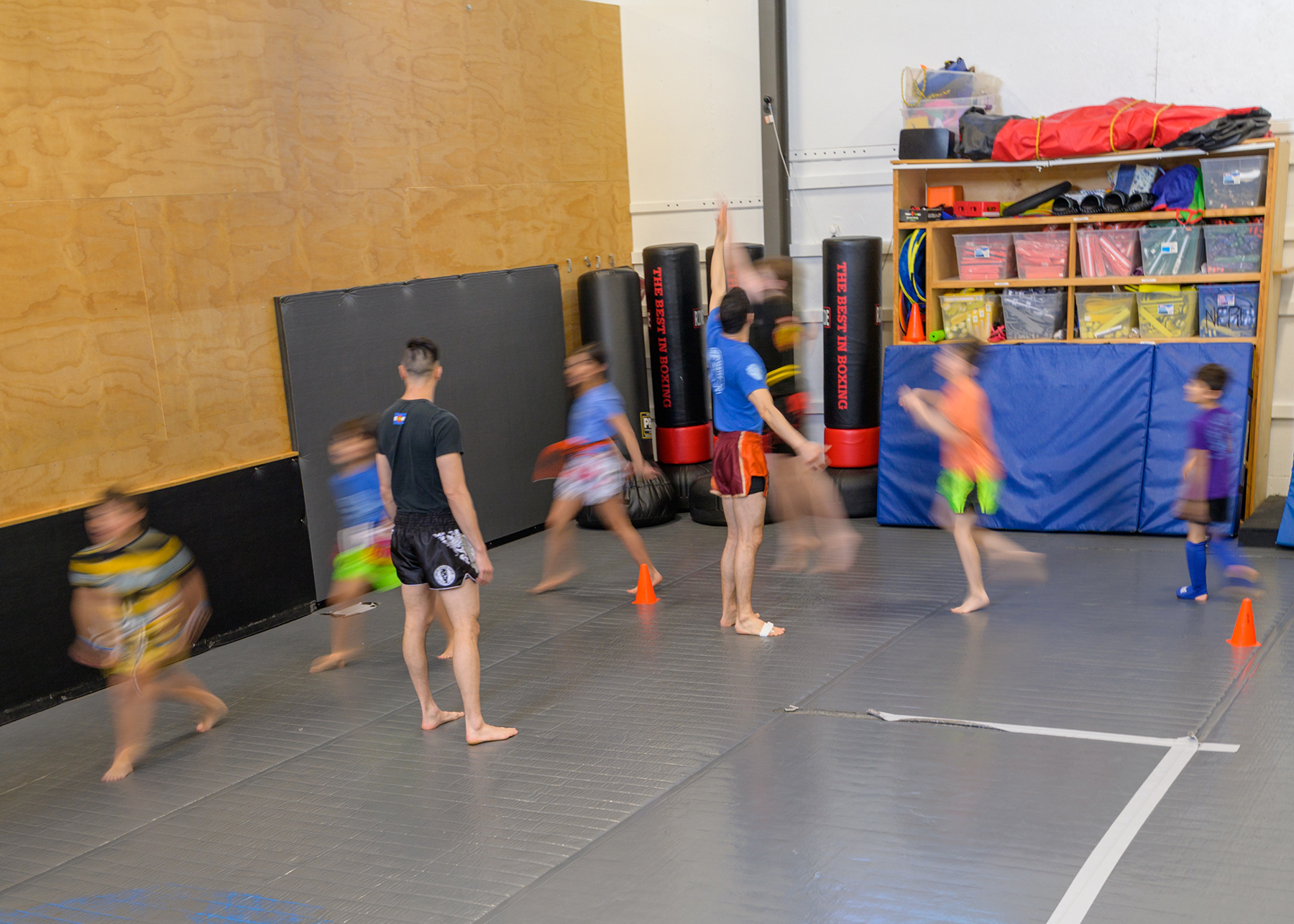
As with most things in life, the key lays in challenging ourselves and pushing past our comfort zones. A thriving growth trajectory cannot exist in a comfort zone.
[The Benefits Of Fasting For A Healthy Body, Mind and Life]
Rest and Recovery
While it may seem counterintuitive, taking a break from your workouts can also help you overcome a fitness plateau.
Athletes usually make poor gauges of when they need rest because they’re conditioned to push no matter what, but overtraining can lead to fatigue and decreased performance. Make sure you give your body time to rest and recover.
Years back, I was training for an Ironman at a volume of around 15-20 hours a week, along with work and normal life stuff. One day on an easy ride, I could barely push the pedals; I felt so drained. I took a week off, then raced a sprint triathlon, won my age group, and felt fantastic!
Try taking a few days off from your workouts or incorporating rest days into your routine.
[4 Stretches To Try On Your Next Rest Day]
Nutrition and Hydration
Nutrition and hydration play a crucial role in your fitness progress. Make sure you’re fueling your body with the right nutrients and staying hydrated.
Protein is essential for muscle recovery and growth, while carbohydrates provide energy for your workouts. Use food as fuel for your body and get picky about what you eat. If you’re fueling on fast food and an overall high-sugar, low-quality food diet, your performance will reflect that.
Drink lots of water too! Shoot for a gallon a day. Staying hydrated helps with digestion, joint health, and overall performance.
[How To Prioritize Our Energy To Reach Our Goals]
Set Goals
Setting goals can be a great way to overcome a fitness plateau. Goals give you something to work towards and help keep you motivated.
Make sure your goals are specific, measurable, achievable, relevant, and time-bound. Your goals provide a clear idea of what you’re working towards and how you’re going to get there.
All athletes face fitness plateaus, but they don’t mean you can’t improve further.
By mixing up your routine and setting goals, increasing your intensity, resting, and honing your training fuel, you can overcome your plateau.
Remember, consistency and patience are key. With hard work and dedication, you can get that upward trajectory going again and start to see improvements in your fitness and overall well-being.
